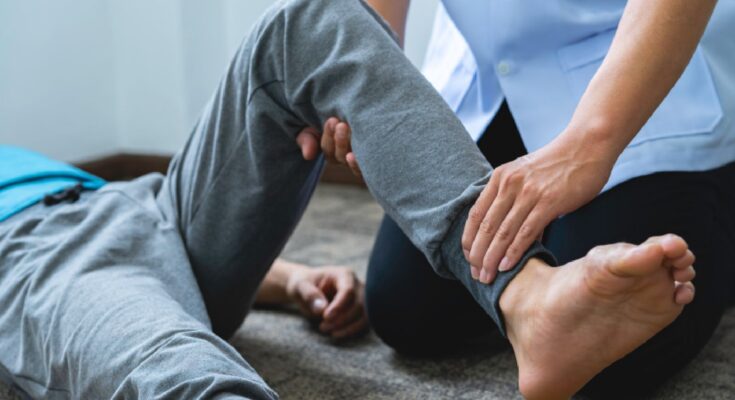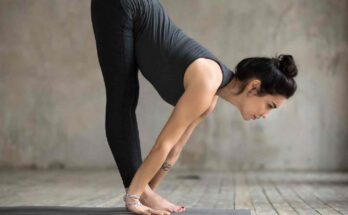One of the weight-bearing joints in our body is the knee joint, so it is prone to more wear and tear. Young or old, knee pain affects people of all ages and can be debilitating. You don’t have to suffer for long as physiotherapy can help to reduce knee pain. You just need a few weeks for physiotherapy to work wonders. It can help to get rid of knee pain and improve the strength as well as flexibility of the knee joint. We tell you about physiotherapy and knee pain on the occasion of World Physical Therapy Day, which falls on September 8.
If we talk about the anatomy of the knee joint, it is made by the articulation of patella, tibia and femur, says Neha Gill, Senior Physiotherapist, Cloudnine Group of Hospitals, Chandigarh.
Your knee is basically the joint that helps to connect your thigh to your lower leg. It’s your knees that help support the weight of your body. They also let your legs bend and move around.

Causes of knee pain
Knee pain can be due to many factors. Some of them include:
1. Arthritis
The most common cause of knee pain is arthritis, which has many types. One is osteoarthritis, which is a degenerative condition. There is also rheumatoid arthritis which usually occurs due to autoimmune conditions. Gout arthritis occurs due to increased uric acid, pseudo gout develops due to the increased calcium containing crystals in the joint fluid and finally. Another form of arthritis is septic arthritis which occurs due to an infection.
2. Iliotibial band syndrome
Another common cause for knee pain is iliotibial band syndrome, which is commonly seen in athletes, says the expert. It happens due to the overuse of knee joints. It leads to tightness of iliotibial band which causes pain in the outer knee area.
3. Ligament injury
The most common ligament injury is ACL tear and again common in athletes. It occurs due to the knee hyper extension and leads to an unstable joint.
4. Meniscal injury
Meniscus works as shock absorption in the joint and it can easily be torn during sudden twist and turn while bearing weight on the joint.
5. Patellofemoral dysfunction
Patellofemoral dysfunction, also known as chondromalacia patellae mostly affects women during pregnancy. The pain can be attributed to hormonal changes or increased body weight which puts extra pressure on the knee joint.
6. Postpartum period
The hormonal changes during pregnancy needs a little time to settle down in postpartum. Also the added weight can contribute to the pain in the knees. Many mothers prefer sitting cross legged to breastfeed their babies. This can lead to pain in the knees as breastfeeding in initial days takes longer period of time, says Gill.

Physiotherapy for knee pain
Physiotherapy management for knee pain depends on the underlying cause of the pain. Here are some techniques that are often used to get some relief:
1. Manual techniques
There are different mobilisation techniques to reduce knee pain and restriction. Hands-on techniques like Maitland and Mulligan can be used, the expert tells Health Shots.
2. Dry needling and cupping therapy
Nowadays dry needling and cupping therapy are gaining popularity when it comes to reducing knee pain. Sometimes there are trigger points in the muscles which can lead to knee pain so, dry needling or cupping can be done on the quadriceps muscles or adjoining muscles.
3. Electrotherapeutic management
Therapeutic ultrasound or laser can be used to reduce knee pain for which you will need about 7 to 10 sittings. But the sittings may vary depending on the severity of the pain.
4. Exercises
Choosing the right exercise also depends on the severity of the pain. If it’s acute then conditioning exercises like isometric are used. In the later stages, stretching or strengthening exercises can be done. After an injury, strengthening exercises are very important in order to restore the strength. After an injury, strengthening exercises should be done for at least 3 months.
Lifestyle modification is also needed so that you can maintain a healthy weight and there is less pressure on your knee joint.
Source link




